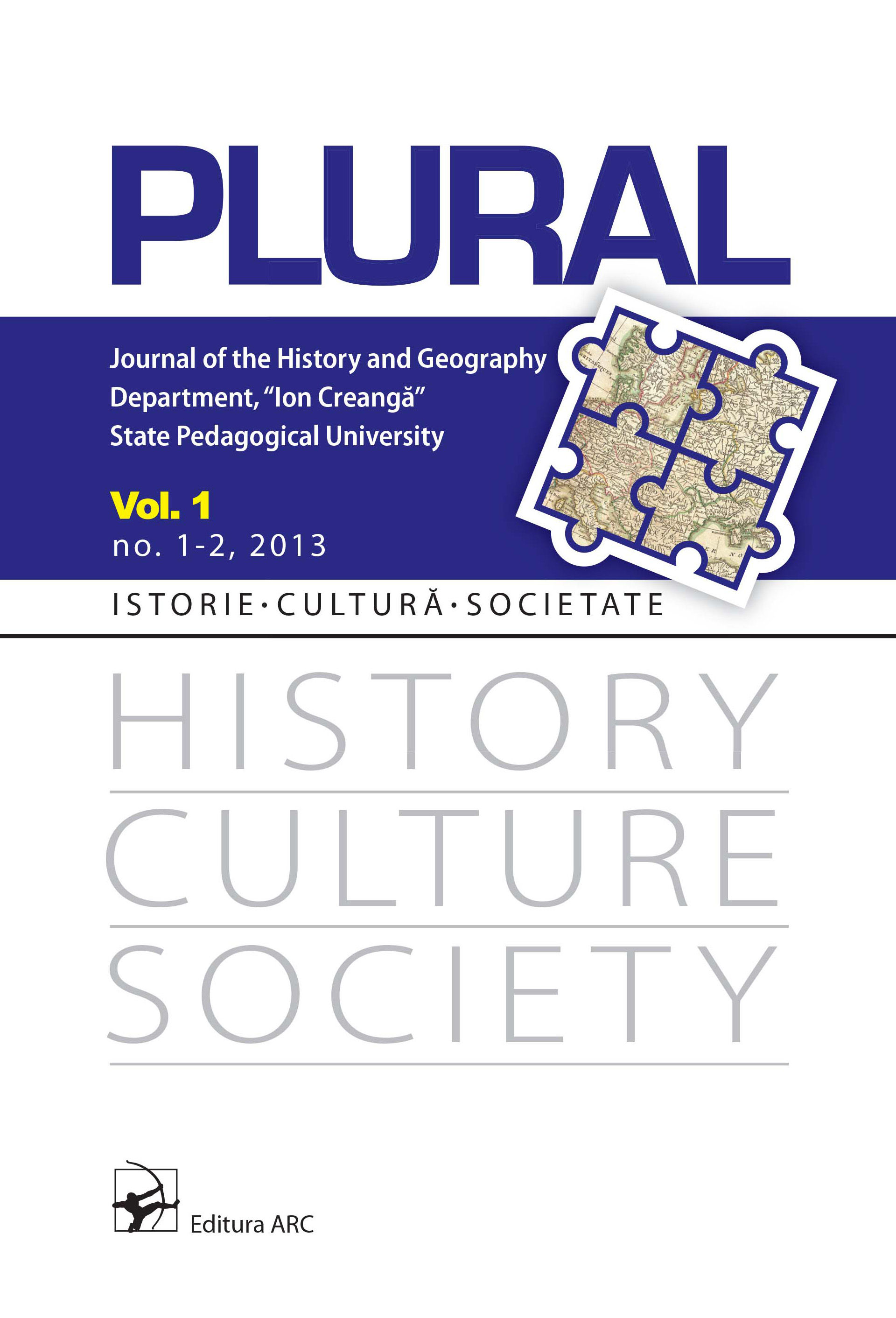Un sujet historiographique et ses dimensions idéologiques : le territoire de la Moldavie et la frontière du sud du Royaume Galicie-Volhynie selon les historiens et les archéologues soviétiques moldaves
A historiographic subject and its ideological dimensions: the territory of Moldova and the southern border of the Galicia-Volhynia Kingdom according to Moldovan Soviet historians and archaeologists
Author(s): Iurie StamatiSubject(s): History, Archaeology
Published by: Facultatea de Istorie și Geografie, Universitatea Pedagogică de Stat „Ion Creangă”
Keywords: Moldova;archaeology and the public;historiografia;
Summary/Abstract: The purpose of this study is to highlight the ideological dimensions of the Soviet Moldavian historiographical discourse concerning the question whether the territory of Moldavia belonged to the medieval Kingdom of Galicia-Volhynia or not. We have shown that, between the late 1930s and the early 1950s, this discourse was deeply marked by the Stalinist resuscitation of pan-Russian and pan-Slavic ideology, by the Soviet-Romanian dispute over Bessarabia, as well as by the campaign of inoculating the people of this province and of RASSM with the sense of belonging to the Eastern Slavic world and, therefore, to the USSR. At the time, in addition to the argument asserting that the territory of Moldavia had formerly belonged to the Galicia-Volhynia, the medieval Moldavian state was estimated to have partially owned its existence to this very kingdom. We have also noted the case of a Russian historian who, at that time, expressed his skepticism regarding the theory according to which the territory of Moldavia had belonged to the Kingdom of Galicia-Volhynia. We have explained this situation by highlighting the fact that the ideological control maintained by the Soviet State over its historiography was never complete: thus, some potentially unwanted publications were allowed to be released. Since the late 1950s, in a more permissive ideological context, other authors (archaeologists) have been sharing this skepticism.
- Issue Year: I/2013
- Issue No: 1-2
- Page Range: 53-66
- Page Count: 14
- Language: French

